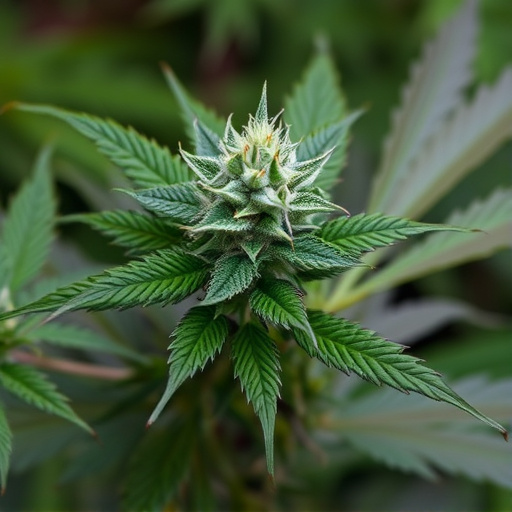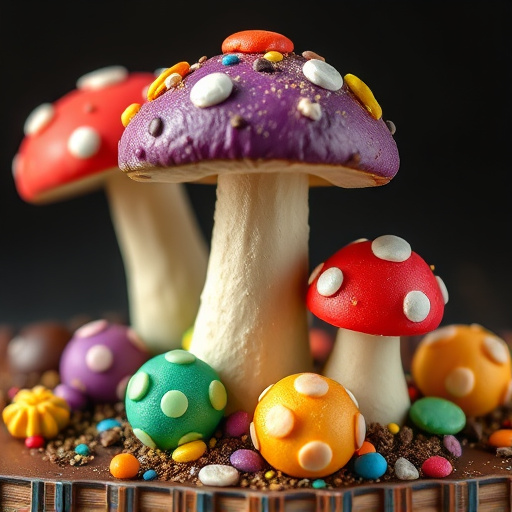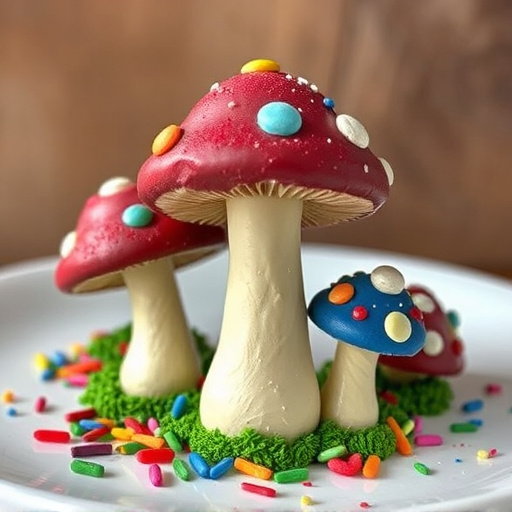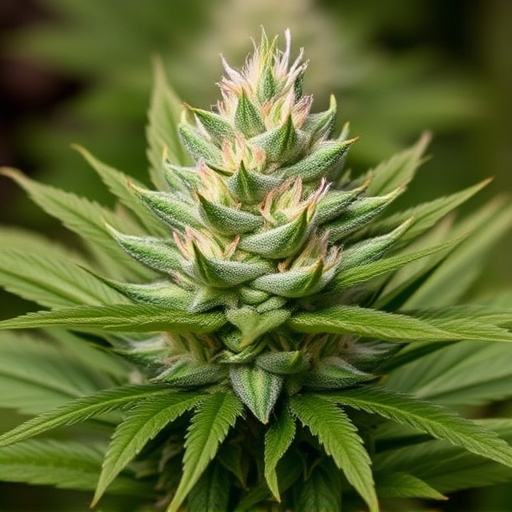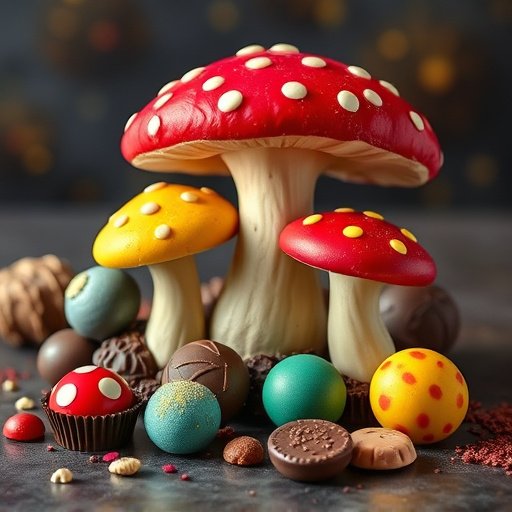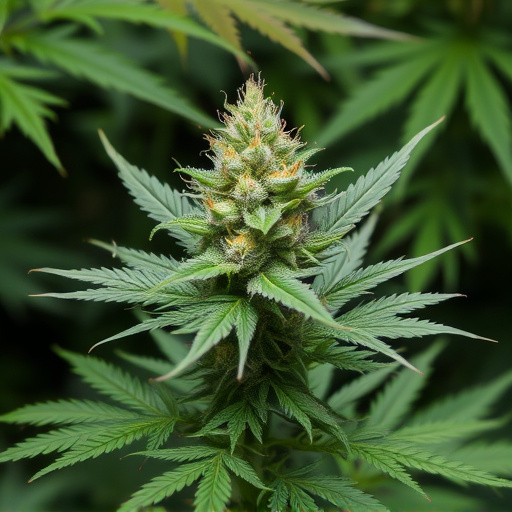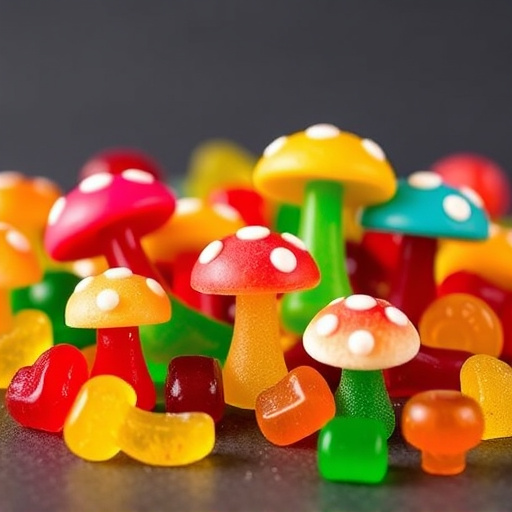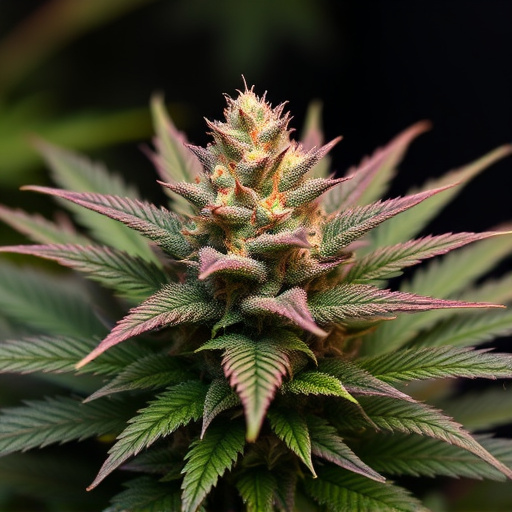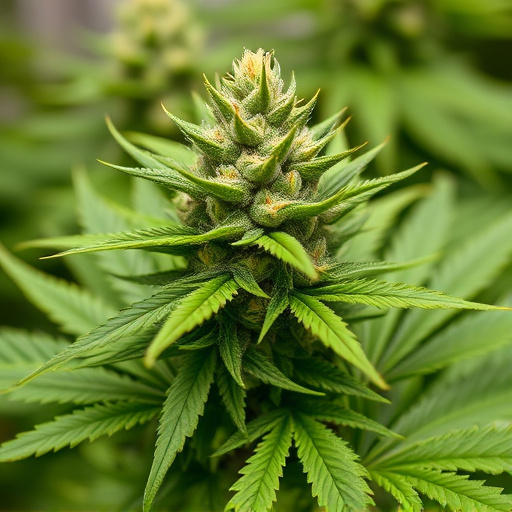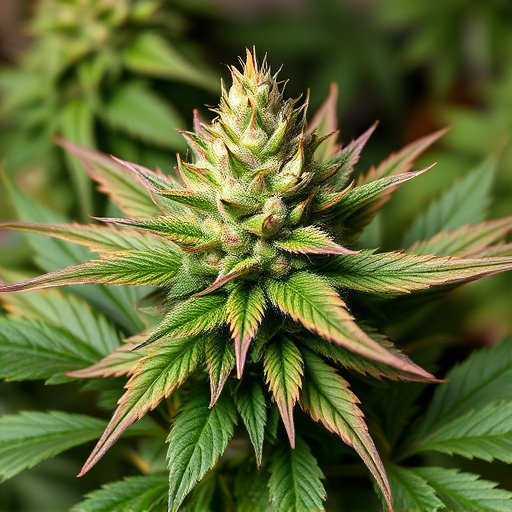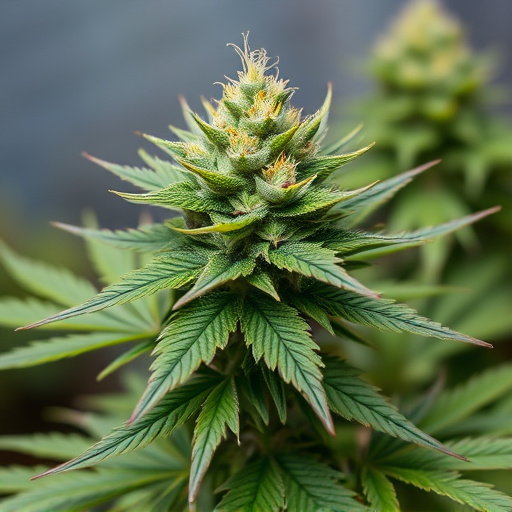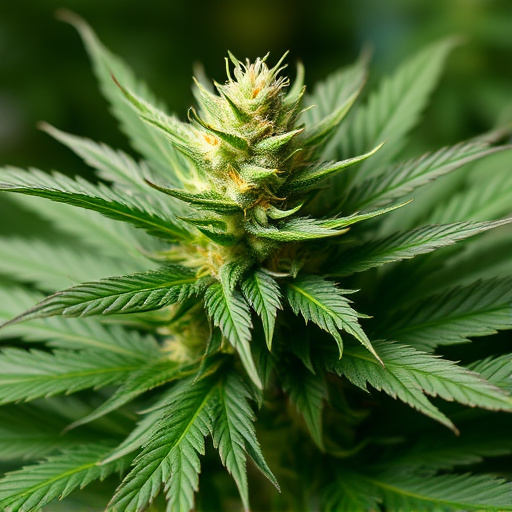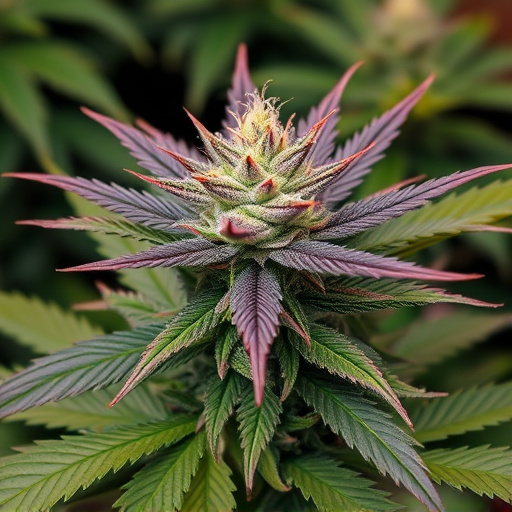Cannabis genetics are key to cultivating visually striking best looking cannabis strains. By understanding each strain's unique gene combination, growers can intentionally breed or identify varieties with vibrant colors and distinct leaf patterns. Maintaining optimal temperatures (65°F-80°F / 18°C-27°C) during growth promotes cannabinoid production, terpene profiles, and THC synthesis, enhancing both potency and aesthetic appeal. This meticulous approach results in dense, sticky buds that not only look stunning but also offer superior flavor profiles, potent effects, and unique medicinal benefits, setting them apart in the competitive market.
In the ever-evolving world of cannabis cultivation, understanding the intricate dance between genetics and environmental factors like temperature is key to unlocking the full potential of this remarkable plant. This article delves into the science behind these influences, specifically examining how genetic diversity drives desirable traits and temperature modulates cannabinoid production and visual appeal. From cultivating optimal conditions to selecting the best-looking cannabis strains, this guide equips cultivators with knowledge to nurture not just potent plants, but visually striking ones as well.
- Understanding Genetic Diversity in Cannabis: Unlocking the Potential for Desirable Traits
- The Impact of Temperature on Cannabinoid Production and Visual Appeal
- Cultivating the Best-Looking Cannabis Strains: A Comprehensive Guide to Selection and Care
Understanding Genetic Diversity in Cannabis: Unlocking the Potential for Desirable Traits

Cannabis genetics are a fascinating realm that offers immense potential for cultivating the best-looking strains. With vast genetic diversity, breeders can unlock and select specific traits that contribute to desirable appearances, from vibrant colors to unique leaf patterns. Each cannabis strain possesses a unique combination of genes, which influences its visual appeal and overall quality.
Understanding this genetic makeup is key to breeding and selecting superior strains. By studying and recognizing the characteristics carried by different genotypes, growers can intentionally create or identify varieties with striking appearances. This knowledge allows for the development of cannabis cultivars that not only look remarkable but also offer enhanced flavor profiles, potent effects, and specific medicinal benefits, making them stand out among the many available options in today’s market.
The Impact of Temperature on Cannabinoid Production and Visual Appeal
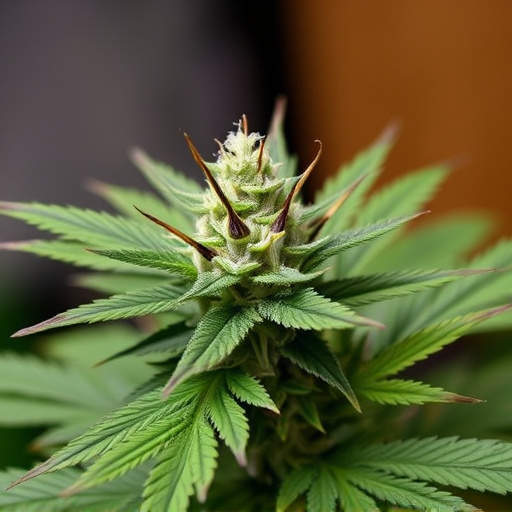
Temperature plays a pivotal role in shaping the appearance and potency of cannabis plants, significantly influencing the production of desired cannabinoids like THC and CBD. The optimal temperature range for cannabis cultivation is typically between 65°F to 80°F (18°C to 27°C). Deviations from this range can impact the plant’s metabolic processes, affecting cannabinoid synthesis and terpene profiles. For instance, cooler temperatures tend to stimulate the production of THC, which is often associated with the “high” feeling users seek. This can result in more potent strains, appealing to those looking for the best-looking cannabis strains in terms of both visual appeal and potency.
Additionally, temperature manipulation during specific growth stages can enhance the overall aesthetic quality of cannabis flowers. Growers often use controlled environments to achieve this, ensuring consistent temperatures contribute to dense, sticky buds with vibrant colors. Such meticulous control allows cultivators to breed and produce best-looking cannabis strains that not only possess high levels of cannabinoids but also display striking physical characteristics, further enhancing their market appeal.
Cultivating the Best-Looking Cannabis Strains: A Comprehensive Guide to Selection and Care
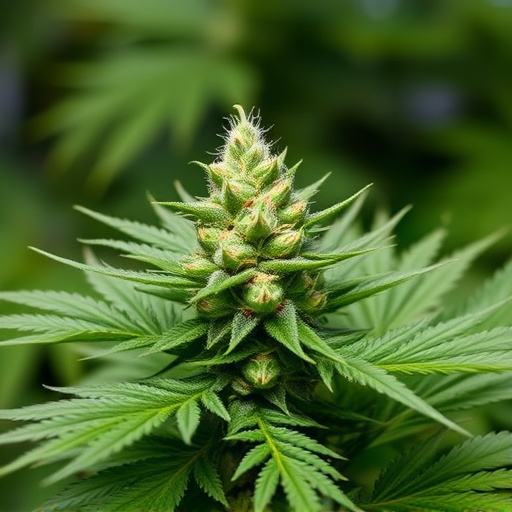
Cultivating high-quality, visually appealing cannabis is an art that combines scientific understanding with meticulous care. To grow the best-looking cannabis strains, cultivators must consider both genetic makeup and environmental factors, particularly temperature.
Genetics play a pivotal role in determining the final appearance of cannabis plants. Different strains exhibit unique characteristics, from vibrant colors to intricate leaf patterns. Selecting top-quality seeds or clones from reputable breeders ensures a strong genetic foundation for your crop. Careful monitoring and adjustment of temperature and other environmental conditions during vegetative and flowering stages allow these genetic traits to flourish, resulting in stunning, healthy cannabis plants that are sure to impress.
In conclusion, understanding the intricate dance between genetics and temperature is key to cultivating not just potent cannabis, but also the best-looking cannabis strains. By embracing genetic diversity and optimizing environmental conditions, cultivators can unlock a spectrum of desirable traits, ensuring their plants not only look remarkable but also offer enhanced visual appeal and potential therapeutic benefits. This comprehensive guide serves as a roadmap for achieving consistently beautiful cannabis plants, satisfying both the eye and the mind.
